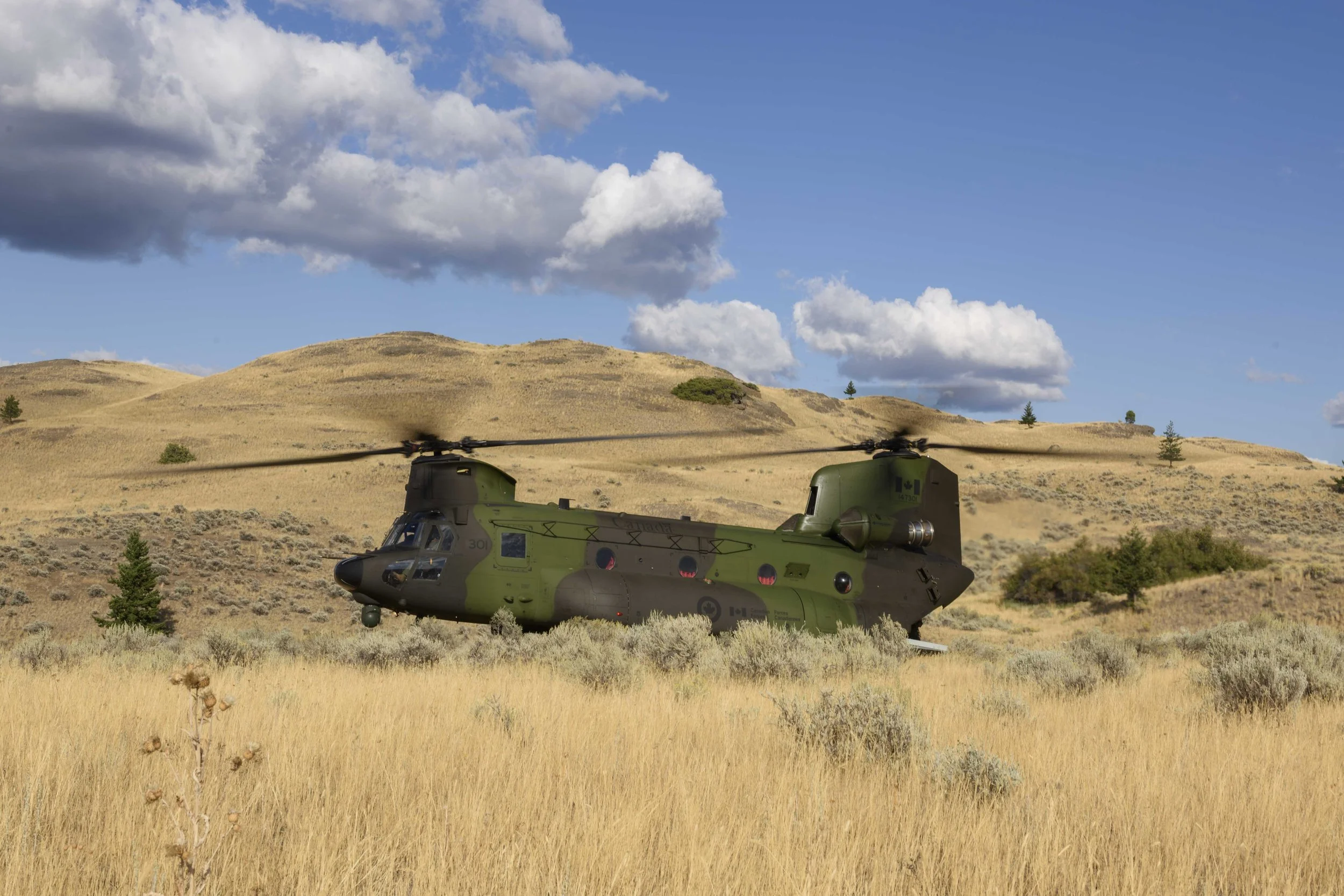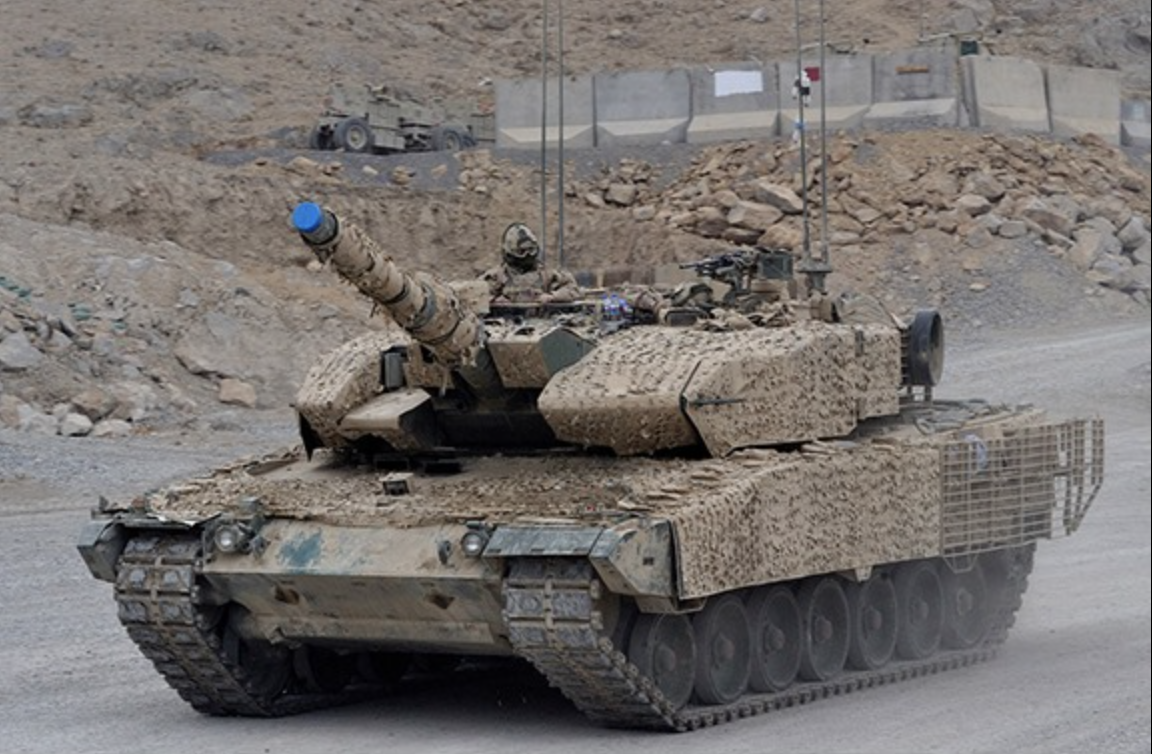By Scott Taylor
Over the past few months there has been a trend on social media for serving members of the Canadian Armed Forces (CAF) to upload their personal photographs which reveal some pretty horrific living conditions in the barracks on CAF bases across Canada.
A compilation of these photos was subsequently published by Esprit de Corps magazine in an effort to publicize the often substandard living conditions in these government owned and managed facilities.
It is not a case of the senior leadership simply being unaware of this situation. In fact, the CAF chaplain service submitted an Oct. 29, 2024 briefing to Chief of the Defence Staff General Jennie Carignan. The briefing outlines a summary of assessments by military chaplains about the current welfare of the Canadian Armed Forces.
It contains this paragraph: “The poor conditions of many Singles Quarters (SQs) at Bases and Wings have led to significant discomfort and dissatisfaction among personnel. This situation negatively impacts morale, as inadequate living conditions can diminish overall well-being and motivation.”
Given the fact that the CAF currently face an existential threat due to a recruiting and retention crisis which has resulted in a crippling personnel shortfall, one would think that such issues impacting morale would be priority number one for the military brass. Think again.
This has been an ongoing problem for years and it is not limited to the shoddy state of the Singles Quarters.
An internal military report from June 2023 acknowledged that CAF personnel were increasingly leaving the ranks rather than moving to a new military base where they couldn’t afford housing. Brig-Gen Virginia Tattersall commented in a briefing note that in some locations the “average cost to purchase or rent housing now exceeds incomes of several CAF working rank levels.”
Just before Christmas 2023, the Chronicle Herald ran a series of stories about CAF members in Halifax either living in tents or couch-surfing due to the lack of available, affordable housing in that city.
The matter was addressed to members of Nova Scotia’s legislative assembly by Erica Fleck, director of emergency management for the municipality of Halifax. Fleck, herself a veteran of the CAF, told MLAs that she has identified an increase in the number of active-duty members who are unhoused or who have only precarious housing.
“We have active serving regular force members who are still couch surfing, that were posted here in the summer, (because) they cannot find a place to live. They’re regularly now going to food banks, said Fleck.
Her comments were echoed by Craig Hood, executive director of the Royal Canadian Legion Nova Scotia/Nunavut Command. He told the MLAs he has heard “startling stories of serving CAF members posted to the Nova Scotia who are living rough in tents, living in their vehicles, couch surfing and even entering into relationships to secure housing that have put them at risk of domestic violence. Hood went so far as to call the military housing crisis in Halifax an “epidemic.”
There is a limited amount of subsidized housing available through the Canadian Forces Housing Agency (CFHA). The rents for these National Defence housing units are generally below the local market value.
However, there is a perpetual shortage of these units and it is usually those who can least afford to pay the higher civilian rents that find themselves on a lengthy wait list for a military housing unit.
While the Liberal government's most recent Defence Policy Update sets aside some money for new housing down the road, there is no builds scheduled in the next 2 years.
That means that this is actually a leadership crisis rather than a housing crisis for the CAF.
Those serving in uniform in a G-7 country's military should expect no less than affordable, clean, liveable accommodations. This is a no-brainer. While out-going CDS General Wayne Eyre had ample time to address these shortcomings, yet failed to do so, newly minted CDS General Carignan can cut her teeth on this issue.
Shore up the housing situation and you will boost morale. Boost morale and you will attract more recruits. More importantly, no politician or Canadian citizen would raise an objection to constructing better living quarters for our military personnel.






















